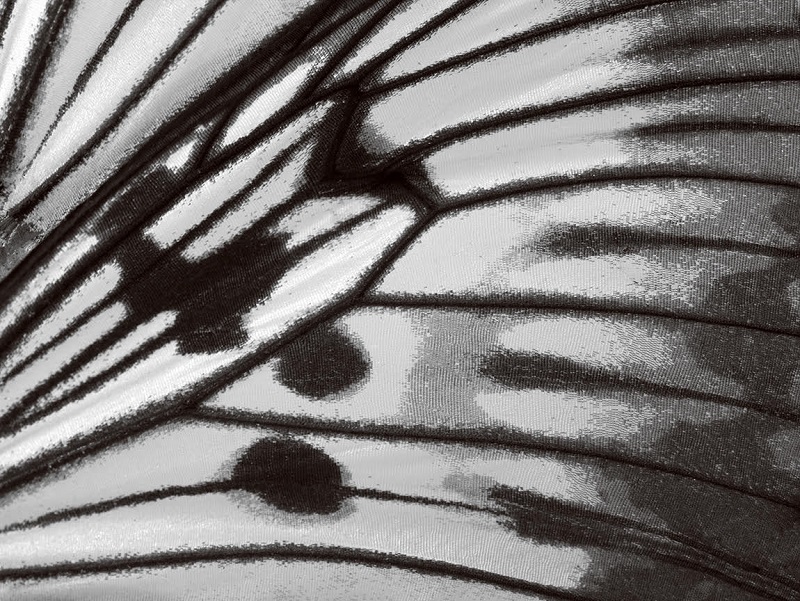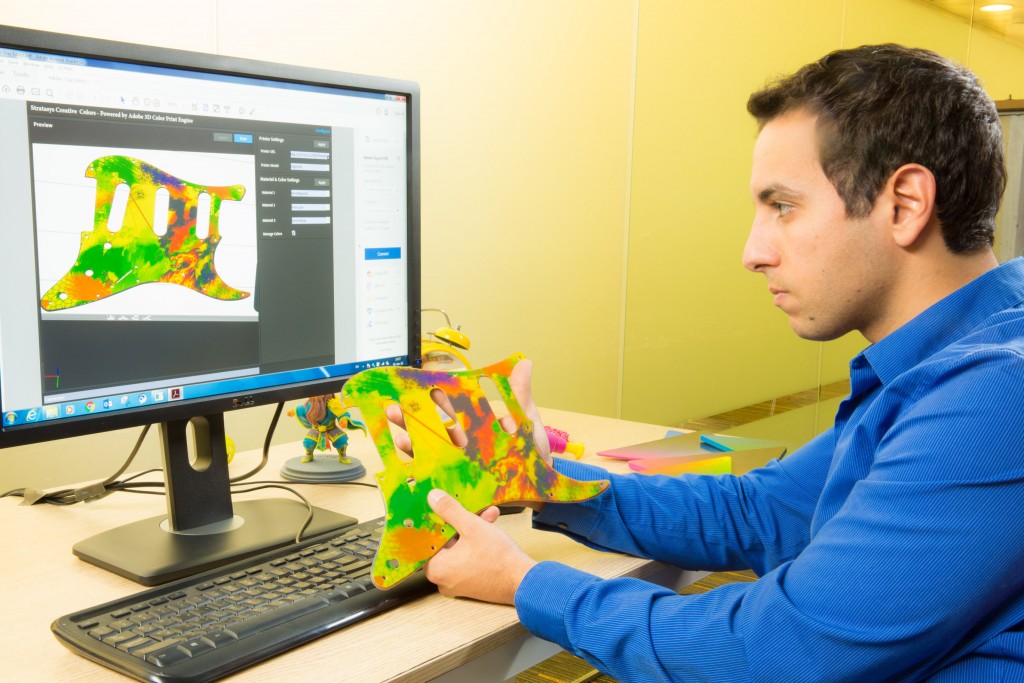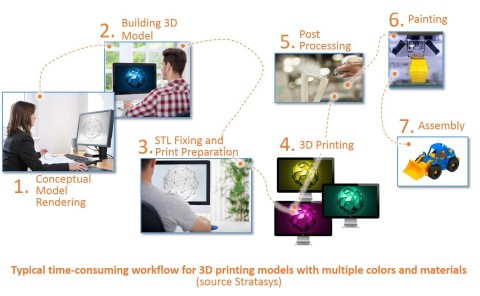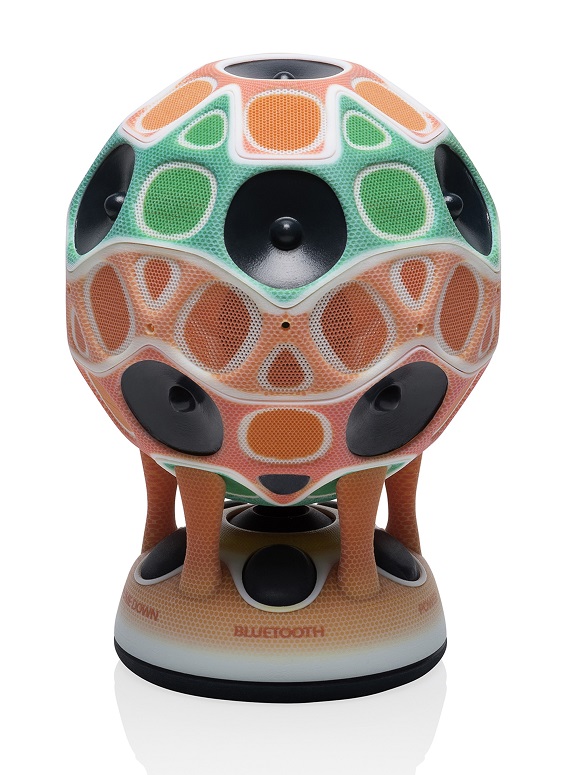In late 2014, celebrity photographer and designer Don Flood launched his first collection of FLIEPAPER art photography wallcoverings produced by Astek Wallcoverings. He followed that with the Palm Springs collection earlier this year.
Graphic and sophisticated, each FLIEPAPER art photography wallcovering is symphony of color, texture, and design with an emphasis on scale. Designs range from immense florals and bold textures to quirky, unexpected found objects. FLIEPAPER designs are digitally printed using an eco-friendly process and can be customized in color and design.

Flood’s FLIEPAPER designs have appeared in environments as varied as a high-end café in Santa Monica to a private elevator in a Redondo Beach luxury home.

At the International Contemporary Furniture Fair (ICFF) in May, Flood introduced his newest line of art photography wallcoverings called BIGS. Images in the BIGS collection include amethysts, minerals, crystals, sea coral, abalone, roses, sunflowers and butterflies.

Inspired by the single-image wallcoverings of 1960s and 1970s interiors, Flood devised a proprietary process for shooting each subject in ultra-high-resolution and at very close range. He then had the images printed on a variety of new digitally printable wallcovering materials, including mylar. The results lend themselves to nearly any interior application from residential living rooms, dining rooms and bedrooms to commercial environments such as restaurants, office lobbies, and hotel public areas.

“We are very excited by what Don has created in BIGS,” said Aaron Kirsch, founder and CEO of Astek. “FLIEPAPER has proven popular with retail customers, interior designers, art directors and architects. It combines highly artistic, high-resolution images of beautiful things combined with the practical applications allowed by the material itself. We love partnering with Don, and we think BIGS will prove highly successful with both the residential and commercial marketplace.”
“When single image installations were in vogue some decades ago, the subject matter was usually a sunset or treescape, and the resolution was incredibly low,” notes Flood. “Inspired by an interiors shot I came across from the late ‘60s, I began to experiment with various images at extremely high resolution. Given the printing technology and materials available to us today, BIGS became a reality very quickly. I am excited to show how beautifully a high-resolution, single-image wallcovering transforms a space.”




 Stratasys Creative Colors empowers designers to use enhanced color tools such as vibrant gradient color palettes with expanded color spectrums, improved textures and patterns support, and time-saving color previews.
Stratasys Creative Colors empowers designers to use enhanced color tools such as vibrant gradient color palettes with expanded color spectrums, improved textures and patterns support, and time-saving color previews.





 3D printing is poised to revolutionize manufacturing and product design just as on-demand television has revolutionized the media industry.
3D printing is poised to revolutionize manufacturing and product design just as on-demand television has revolutionized the media industry.